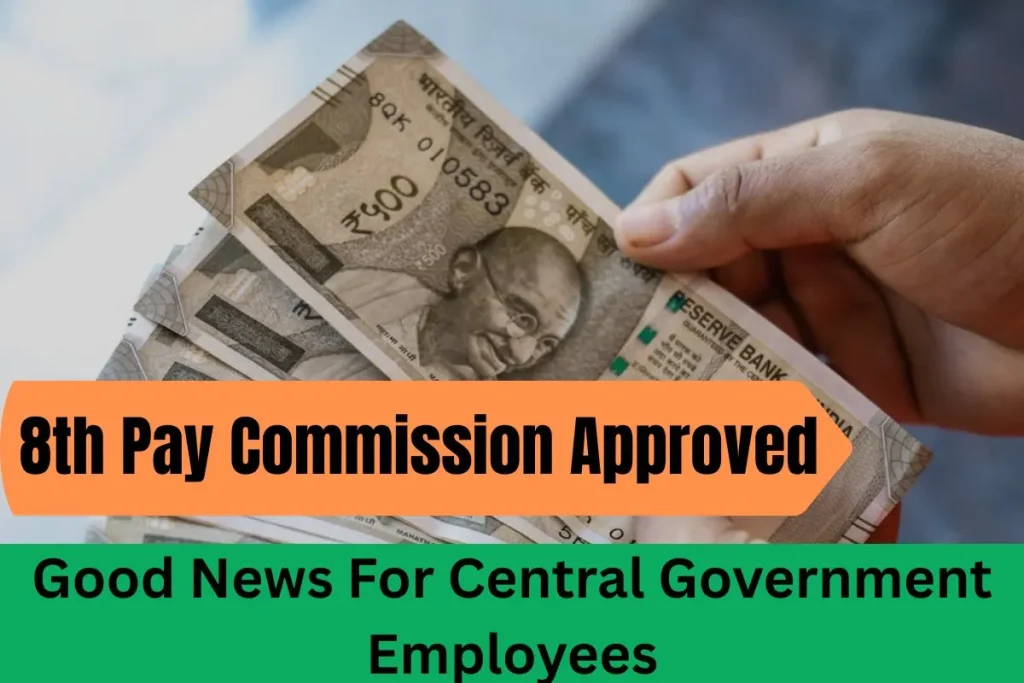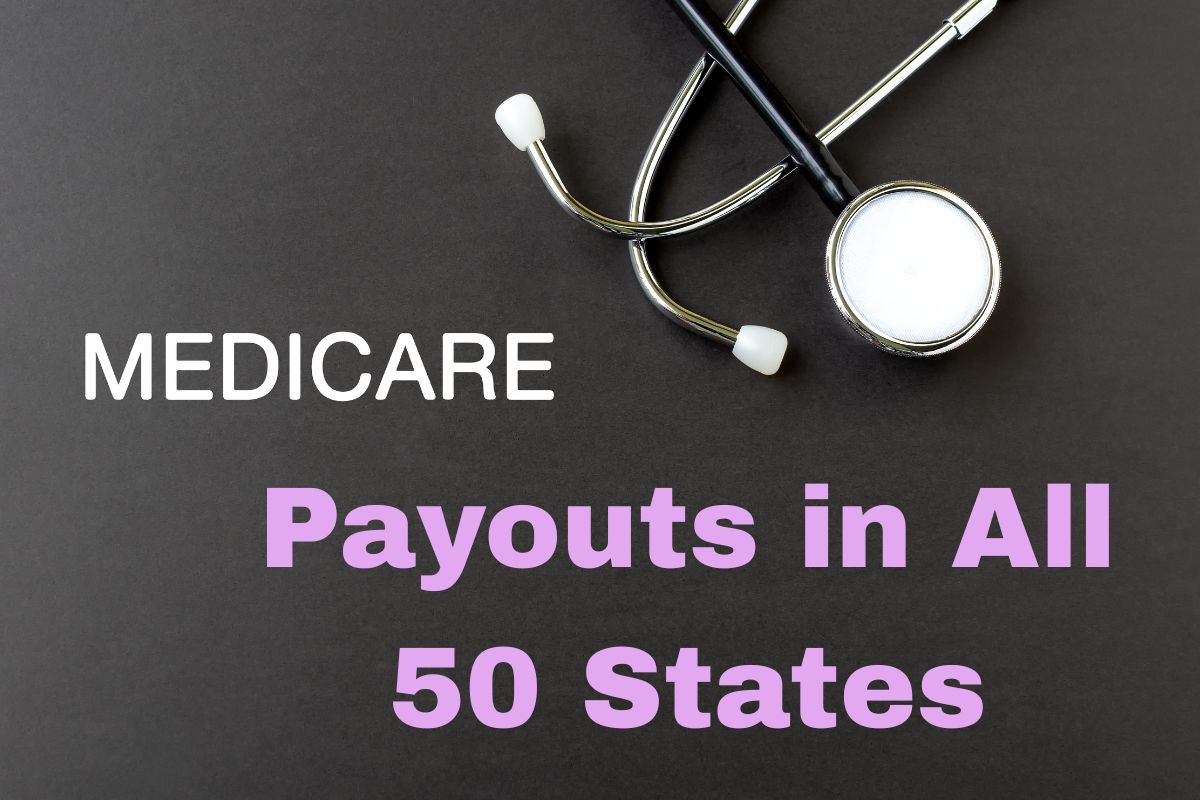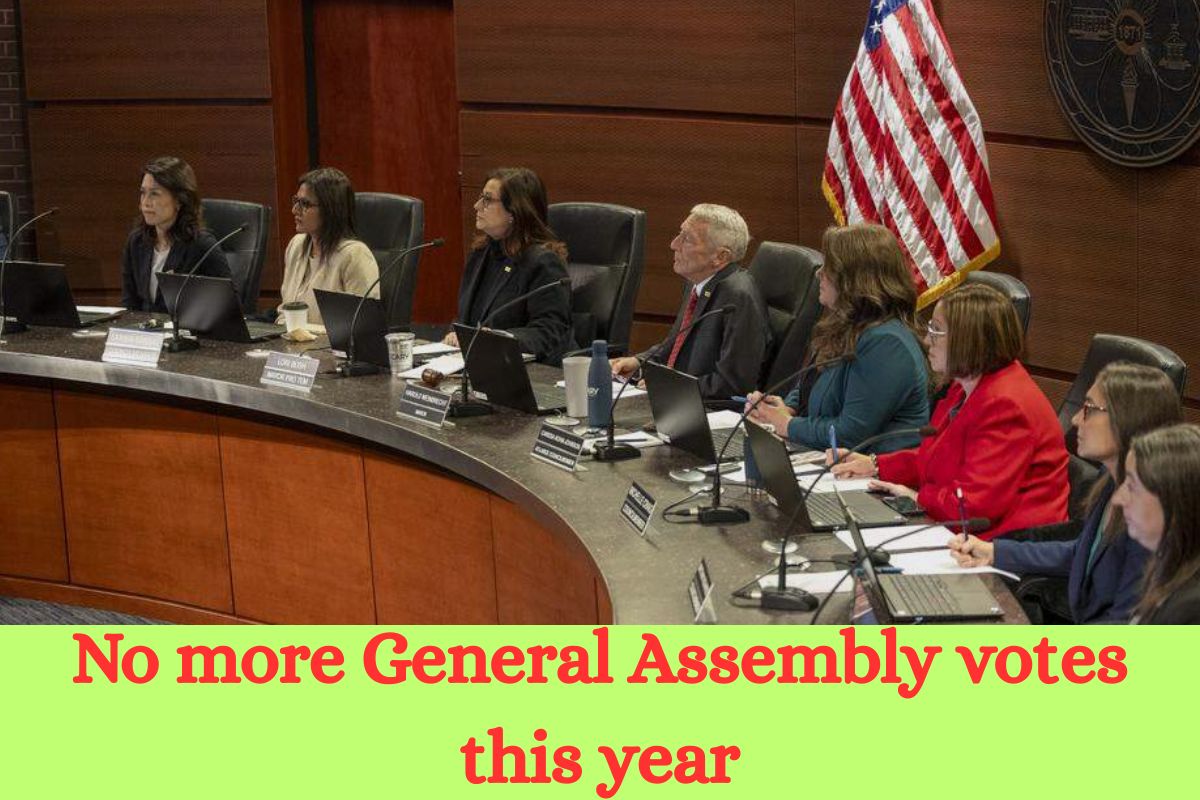On October 28th 2025, under Prime Secretary Narendra Modi’s chaired, the Union Cabinet approved officially approved Terms of References (ToR) for India’s 8th Central Pay Commission; marking an historic momentous occasion for over 1.19 Million Central government pensioners and employees throughout India. Long awaited approval follows 10 months since the government first released their framework and guidelines in January for salary revision, allowances, salary reform and pension reform over the coming decade. Led by former Supreme Court Judge Ranjana Prakash Desai as 8th Pay Commission leader, only 18 months remain to complete their review and provide their recommendations that should take effect beginning January 1, 2026.
This change directly affects approximately 50 lakh current central government employees as well as 69 lakh pensioners, offering salary increases between 30-34% based on past patterns. ToR approval is an integral first step that occurs every 10 years to ensure government employees receive compensation that reflect current economic realities such as inflation rates, wage trends and changing workforce dynamics.
8th Pay Commission Approved
The 8th Central Pay Commission was recently set up as a temporary institution with three highly experienced members: Justice Ranjana Prakash Desai from the Supreme Court will preside as chairperson; she brings experience in judicial practice as well as expertise on constitutional matters related to government service conditions. Professor Pulak Ghosh from IIM Bangalore serves as Part-Time Member who brings expertise in economics and management to contribute towards optimizing pay structures.
Pankaj Jain, Oil Secretary has been appointed a Member-Secretary. This appointment ensures strong administrative assistance and coordination across government departments. The commission boasts a balanced composition with legal wisdom from judges combined with academic knowledge from universities as well as bureaucratic experience that provides comprehensive recommendations regarding pay reform. Unlike permanent government agencies, commissions can dissolve once their report has been finalised unlike permanent agencies that cannot do this.
8th Pay Commission Approved Overview
| Aspect | Details |
| Approval Date | October 28, 2025 |
| Chairperson | Justice Ranjana Prakash Desai (Former SC Judge) |
| Part-Time Member | Professor Pulak Ghosh (IIM Bangalore) |
| Member-Secretary | Pankaj Jain (Petroleum Secretary) |
| Commission Type | Temporary Body |
| Submission Timeline | 18 months from constitution |
| Expected Implementation | January 1, 2026 |
| Employee Beneficiaries | 50 lakh central government employees |
| Pensioner Beneficiaries | 69 lakh retired employees |
| Total Impact | 1.19 crore individuals |
| Official Website | https://doe.gov.in/central-pay-commission |

8th Pay Official Terms of Reference (ToR) Framework
1. Economic Evaluation and Fiscal Prudence
Commission must periodically assess the state of economic affairs across the nation. They should make sure fiscal discipline is maintained for sustainable public financial management practices. At workplace welfare must also be balanced against economic stability. Make recommendations which won’t strain public budgets, rather stick to what will help achieve results and don’t recommend anything that could lead to further straining them.
2. Protection of Development and Welfare Expenditure
Make sure there are enough funds available for development programs and welfare spending, with any pay revisions not diminishing funds that support vital infrastructure or government schemes.
3. Addressing Pension Liabilities
Assess unfunded obligations associated with retirement schemes which do not contribute. Prepare recommendations on how best to meet this financial strain over time with care and foresight.
4. Impact on State Government Finances
To minimize impact to state governments finances and adhere to Central Pay Commission recommendations.
Make certain your recommendations support an equitable fiscal health across both the Union and States.
5. Benchmarking with Other Sectors
Attain an understanding of other industries’ pay structures, benefits, and working conditions by reviewing pay structures of Central Public Sector Undertakings (CPSUs) as well as private companies within these categories to provide fair compensation to employees working for government organizations.
Date and Implementation Timeline of 8th Pay
1. Deadline for Submission
The Commission must complete its review and present final recommendations within 18 months from its formation date.
2. Target Implementation Date
According to Information & Broadcasting Minister Ashwini Vaishnaw, Government has set January 1, 2026 as the date for implementation; after reviewing interim reports a final date will be chosen and decided upon by committee.
3. Interim Reports and Phased Implementation
The Commission could issue interim reports concerning settled issues to allow gradual implementation of benefits that are essential prior to publishing its final report.
4. Historical Context
The 7th Pay Commission took approximately two years from formation to implementation, while this timeline is more accelerated based on past experiences. Implementation is scheduled for January 2026 and follows the traditional 10-year review cycle typically used by Central Pay Commissions.
Expected 8th Pay Salary and Pension Revisions
1. Anticipated Salary Increase
According to the 8th Pay Commission’s estimates, an anticipated salary increase between 30-34% can be anticipated based on:
Historical Fitment Factors Used on Prior Commissions
Adjustments due to Inflation Accrual Over the last ten years.
Finalizing an increase will based on an analysis of current fiscal and economic circumstances.
2. Minimum Pay Revision
Current Minimum Basic Pay of Rs 18,000 Estimated Minimum Pay Increase at or Above Rs 41,000 This represents an expected minimum increase of over 100% at entry-levels; with higher increments depending on which pay band an employee falls under.
3. Pension Revisions
Pensions will be revised using the new pay matrix and minimum pensions could increase from their current levels in order to ensure financial security in retirement for pensioners.
4. Allowance Restructuring
A careful examination of allowances such as:
House Rent Allowance (HRA), Travel Allowance (TA), and Dearness Allowance (DA).
Adjustments will reflect current cost-of-living conditions. They could involve mergers or the removal of allowances that no longer necessary according to past commission patterns.
8th Pay Scope of Review and Coverage
1. Comprehensive Compensation Review
This system encompasses each 18 grade on the current Central Pay Matrix to ensure equitable and consistent grade adjustments according to responsibility and advancement.
2. Retirement Benefits and Employee Welfare Benefits
This review encompasses- Calculation of Gratuity, Leave Cashing provisions, Health & Medical benefits.
Goal of Employee and Retiree Wellness Plan : to guarantee full protection to both current and retired employees.
3. Military Personnel Compensation
To promote equity in both military and civilian settings, compensation packages for defense forces personnel include military service payments and allowances that ensure fairness and equality between military servicemen and women and civilian personnel alike.
4. Review of National Pension System (NPS)
A special emphasis was given to reviewing NPS efficiency and any proposed modifications, with ideas intended to increase security during retirement and stability after retiring for employees.
5. Workplace and Gender Considerations
Evaluating gender parity in pay, reviewing maternity benefits, as well as modern workplace policies designed to ensure equality and fairness are important components of workplace diversity and fairness.
8th Pay Economic Considerations and Fiscal Impact
1. Balance Between Welfare and Fiscal Discipline
To promote fiscal discipline while at the same time increasing pensions and salaries in line with government capacity. Recommendations shouldn’t jeopardise vital public services or investments for development.
2. Key Economic Indicators
There are various elements which play a significant role in making decisions, including:
GDP Growth Trends, Inflationary Pressure, Revenue Generating Capabilities and Servicing Debt Obligations.
3. Financial Repercussions
It is necessary to analyze the fiscal ramifications for state governments since most follow central pay recommendations with minor modifications.
4. Benchmarking with Private
Comparing compensation levels between public sector employees and those working within private firms can assist companies in remaining competitive when recruiting and retaining top talent. Taking an in-depth look at productivity gains, technology adoption rates and skill advancement may justify increases for salaries in line with public sector pay scales.
8th Pay Implementation Process and Next Steps
1. Stakeholder Consultations
The Commission will host meetings with unions representing employees as well as professional organizations, consult the government departments responsible for data collection and hold public hearings with stakeholder participation as part of this consultation process, while accepting written submissions of stakeholder input.
2. Specialized Working Groups
Teams will be established for: Civilian employees, Defense personnel, Pensioners Each working group will focus on specific topics or ideas suggested from its participants.
3. Data Collaboration
To provide data and analysis assistance to other service departments as well as the Ministry of Finance and DoPT.
4. Interim and Final Reports
Interim reports may contain recommendations that certain recommendations be implemented more promptly than others, while final reports will be brought before the Union Cabinet for their consideration and amendments may be suggested by them before officially initiating pay revisions.
Cabinet’s approval of 8th Pay Commission Terms of Reference will mark an inflection point for central government employees across India, officially initiating one of the most extensive salary and pension reform procedures ever seen over the last decade. Under Justice Ranjana Prakash Desai and with an 18 month timetable in mind, the commission stands a good chance of providing significant recommendations that focus on both employee welfare and fiscal accountability. The methodological framework provided within the Terms of Reference ensures a fair analysis of economic realities as well as state government’s impact. Benchmarks will also be established for competitive compensation arrangements. The commission has begun the analysis process on its findings; over 1.19 crore pensioners and employees should see implementation begin on 1 January 2026 with possible salary increases between 30-34% that will provide greater financial security as well as enhance overall quality of lives.
FAQ’s
1. What exactly is the 8th Pay Commission and when was it approved?
On October 28, 2025 the 8th Central Pay Commission was approved officially by Union Cabinet and assigned with revising wages, pensions and allowances of central government workers as well as pensioners.
2. When will the new pay structure take effect?
The commission has 18 months to present their report and, following cabinet approval of final recommendations, implementation can commence on 1st January 2026.
3. How can employees anticipate an increase in salary?
Central government employees could receive pay increases between 30-34%, with preliminary estimates suggesting an approximate minimum salary increase from Rs 18,000 to Rs 41,000.

Hi, I’m Harikesh, a content writer at cgncollege.com. I write engaging and informative articles covering the latest news, India, and global updates. My goal is to keep readers informed with accurate and insightful stories from around the world.






